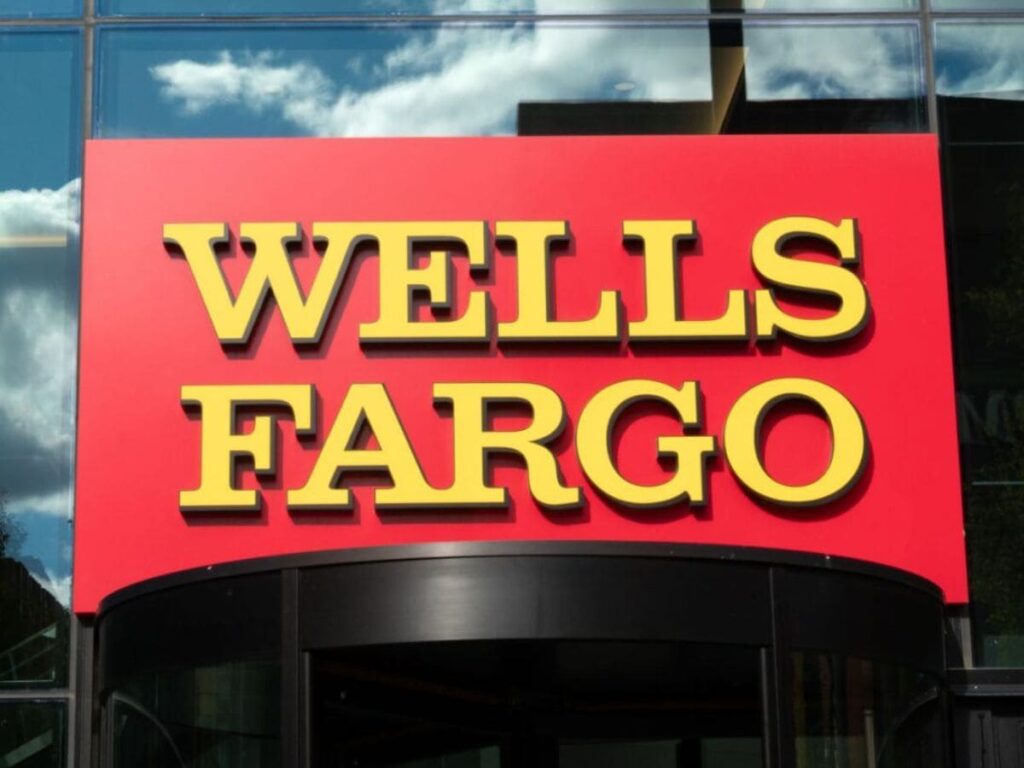Wells Fargo has long maintained a policy that allows it to close bank accounts that have been inactive for extended periods. While not a new initiative, this policy has gained renewed attention as more customers become aware that their funds could be turned over to the state if they don’t take action.
In compliance with state unclaimed property laws, Wells Fargo identifies accounts with no customer-initiated activity for a specified duration—often 16 consecutive months or more—as dormant. Once an account meets the criteria for inactivity, it may be closed, and the funds transferred to the appropriate state agency.
This isn’t just a warning—it’s a standard procedure under U.S. banking regulations that affects any account showing no signs of use for an extended time. If you haven’t used your account since 2023, it may already be at risk.
What Is Considered an Inactive Account?
Wells Fargo defines an account as inactive when there’s been no deposits, withdrawals, payments, or other customer-initiated transactions for a certain period. Importantly, automatic charges or fees deducted by the bank do not count as valid activity.
Once that inactivity threshold is reached, Wells Fargo may initiate the process to close the account and escheat the funds—meaning the money is handed over to the state government as unclaimed property. Reclaiming that money can be time-consuming and complex, depending on the state’s escheatment procedures.
You can view a version of this policy in official documentation like Wells Fargo’s Private Bank Disclosures (PDF), which reference how accounts are monitored and how escheatment is handled.
How to Keep Your Account Safe
Avoiding this is relatively simple: show signs of life in your account. Any customer-driven transaction—like logging into your account, transferring funds, making a small purchase, or depositing a minimal amount—is enough to reset the inactivity timer.
Even if you only use the account occasionally or keep it for emergencies, taking a few moments to log in and initiate a transaction every few months can save you from losing access to your funds.
Wells Fargo typically sends notifications to affected customers before an account is closed, but it’s not required to do so in every case. That’s why proactive account management is key.
